Here’s How to Clean Your Bathroom Faucets and Drains

Clogged drains and stained faucets are rarely the result of one incident. Keeping your bathroom clean takes regular maintenance to prevent guck and grime from becoming a major problem and a potentially costly repair. Here’s how to tackle some common drain and faucet issues as they arise.
Types of Drain Stains
Scaly, hard water stains occur when standing water is allowed to linger and evaporate. The resulting discolouration in sinks and tubs is caused by mineral deposits. The colour of the residue depends on the mineral profile of your water. The ring around the bathtub drain or sink drain is where you’ll often find the highest concentrations. Act quickly before they harden and possibly damage your metal, enamel, or porcelain fixtures.
White Stains
These are the result of calcium buildup known as limescale, or soap scum. Scrub the area with a good limescale remover or a paste made of equal parts baking soda and cleaning vinegar. Use a non-abrasive sponge or nylon brush to avoid scratching delicate surfaces.
Red / Orange Stains
High iron content in the water supply causes reddish-orange rust stains around drains. Treat by soaking and rubbing the deposit with lime juice, white vinegar, or a specially-formulated mineral remover. A pumice stone is recommended for removing stubborn stains on porcelain surfaces.
Black / Brown Stains
Black and brown stains are a telltale sign of magnesium residue and are often associated with well water. Scrub them with a paste made of hydrogen peroxide and cream of tartar, cleaning vinegar and baking soda. Toothpaste with fluoride can also be effective.
Green / Blue Stains
High acidity in the water supply can result in greenish/blue or aqua-tinted stains. Scrubbing with a paste of equal parts cleaning vinegar, flour, and table salt is an effective treatment.
Yellow Stains
This type of stain is more common in rural areas served by well water. Exposure to organic matter such as peat and composting leaves creates a substance in the water called tannins. The resulting yellowish stains can usually be removed with a white vinegar and baking soda scrub.
How to Unclog a Shower Drain or Tub Drain
If you find yourself standing in several inches of water while taking a shower, check your shower or bathtub drain for a hair clog or other blockage. Limescale and soap scum deposits can also cause your bathtub to drain slowly and produce an unpleasant odour. Solutions vary, and it might take more than one method to fix a clogged shower drain.
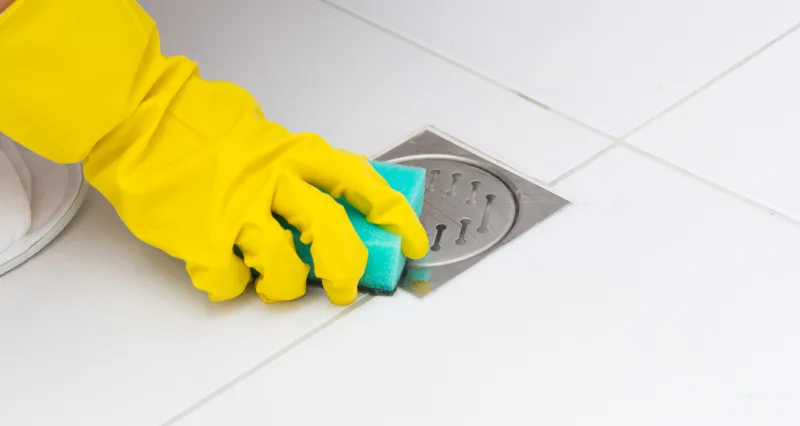
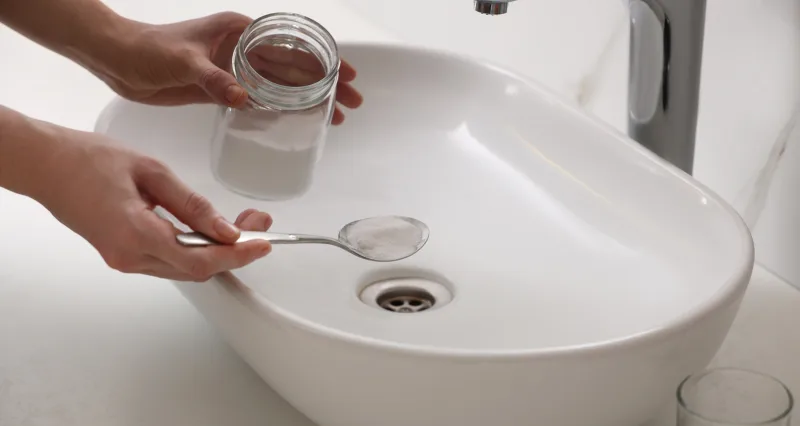

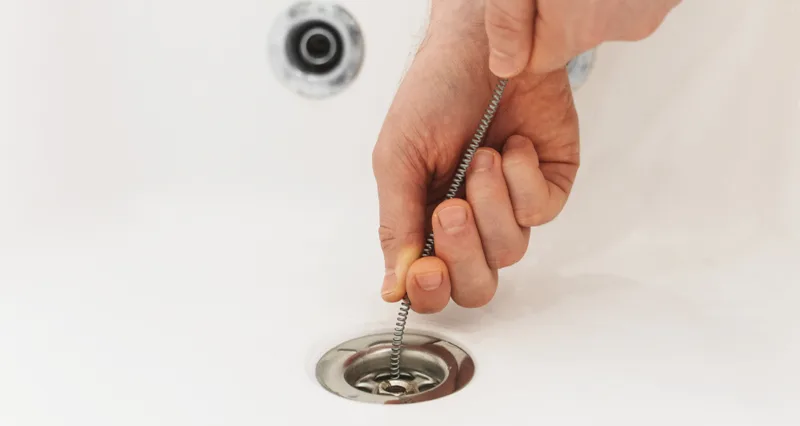
How to Prevent Drain Clogs
Major drain problems can be avoided with some preventive maintenance and affordable gadgets.
Install a strainer to collect hair near the drain surface for easy disposal
Squeegee the walls and floor after each shower to prevent soap residue and dirt from accumulating
Consider using liquid body soap instead of bar soap which can adhere to surfaces
Remove the drain cover and clean the drain with a shower drain declogger of baking soda and vinegar once every few weeks

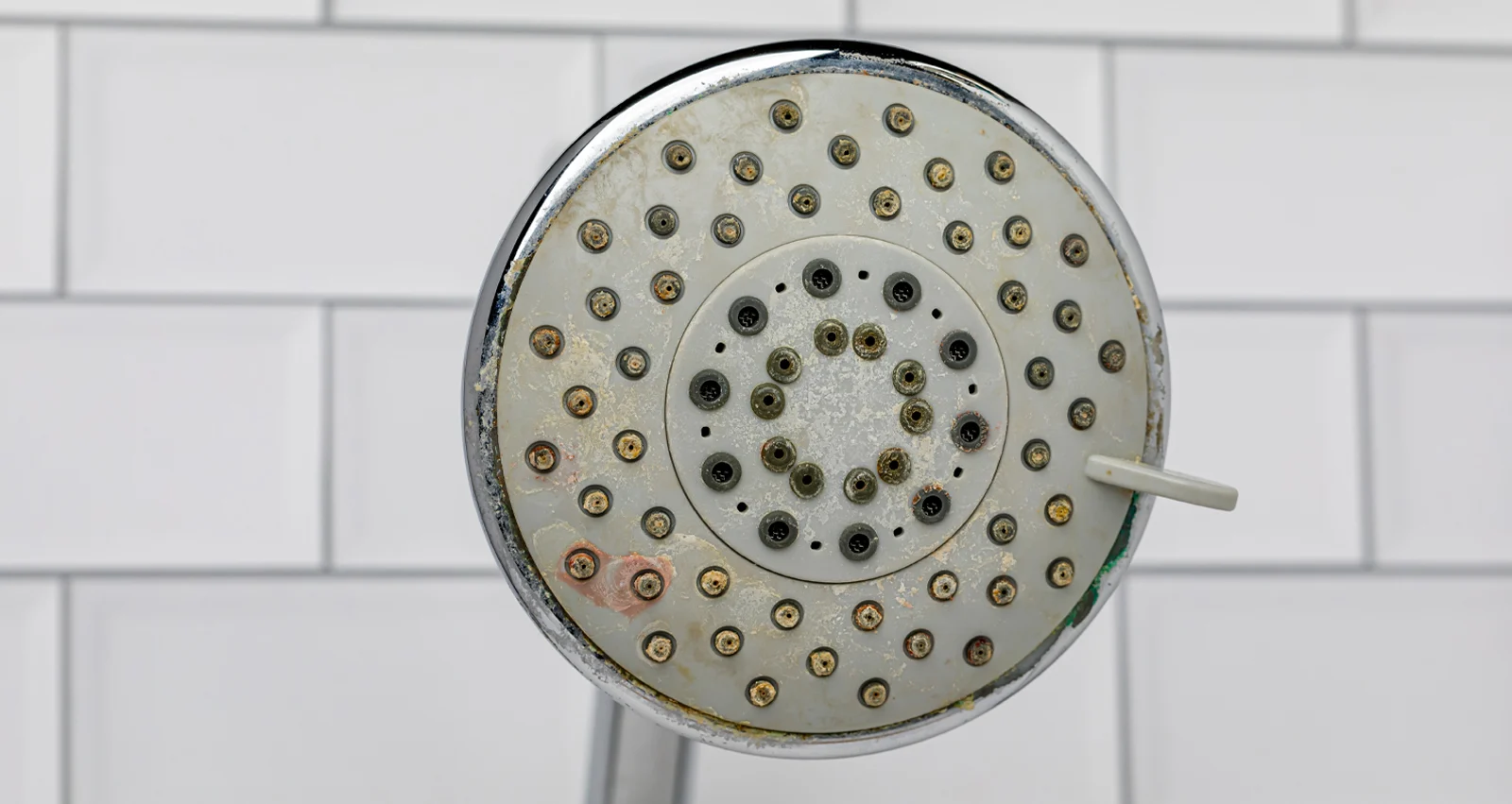
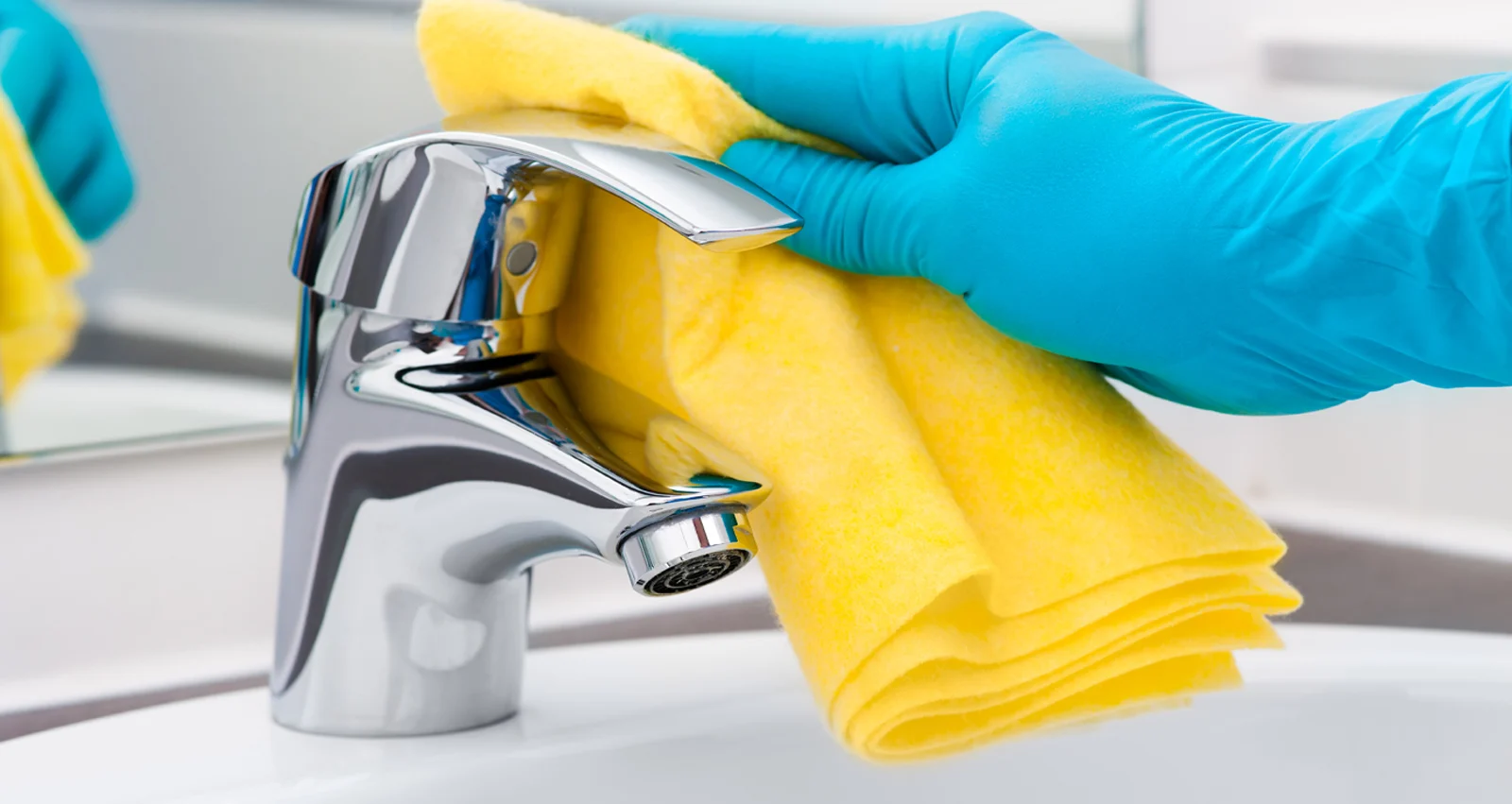
Regular cleaning and maintenance can help prevent serious drain blockages andstained fixtures.Keep some strong cleaning products and DIY materials on hand. Your bathroom will look fantastic, and hopefully you’ll never need to call in a plumbing professional.